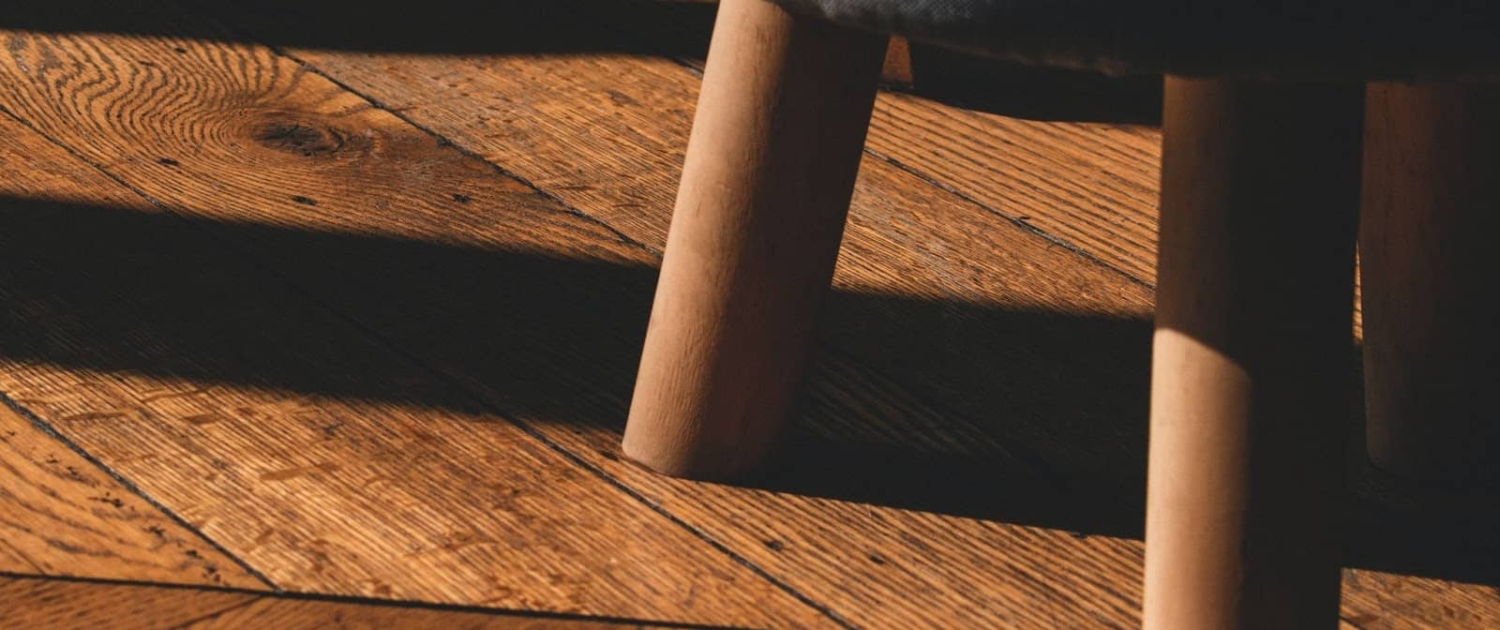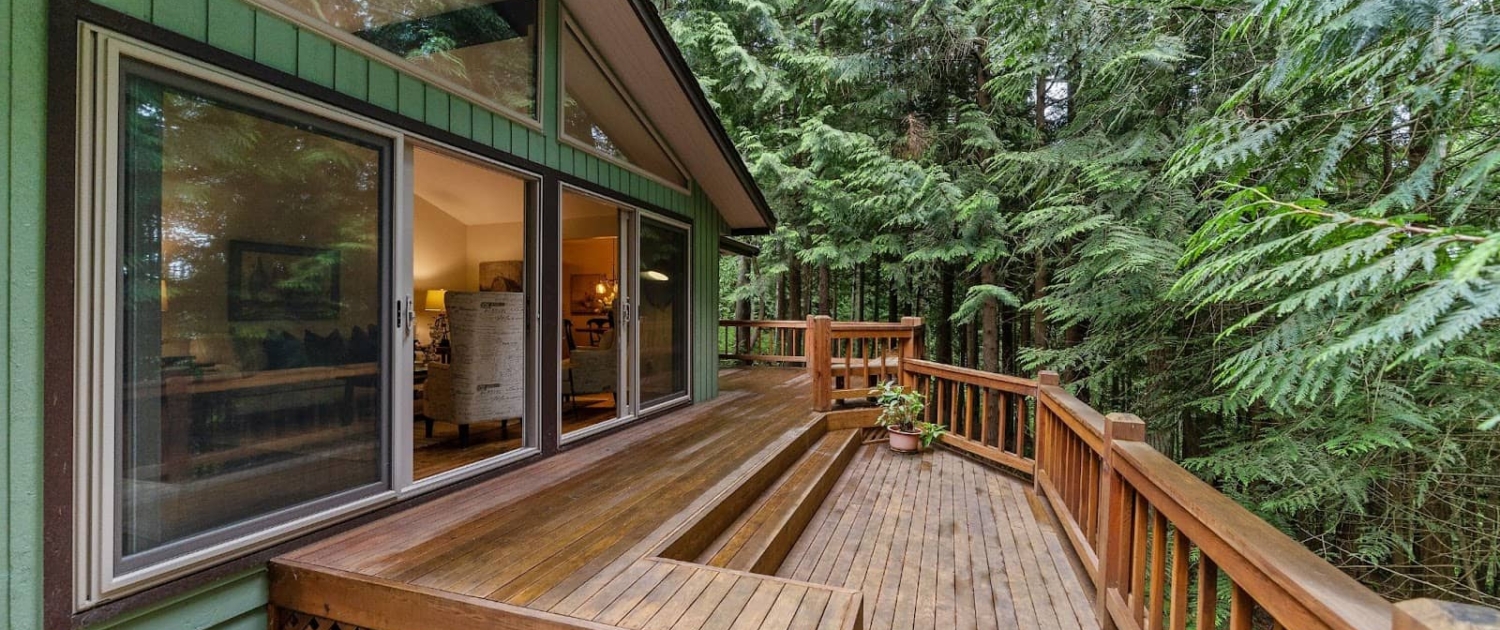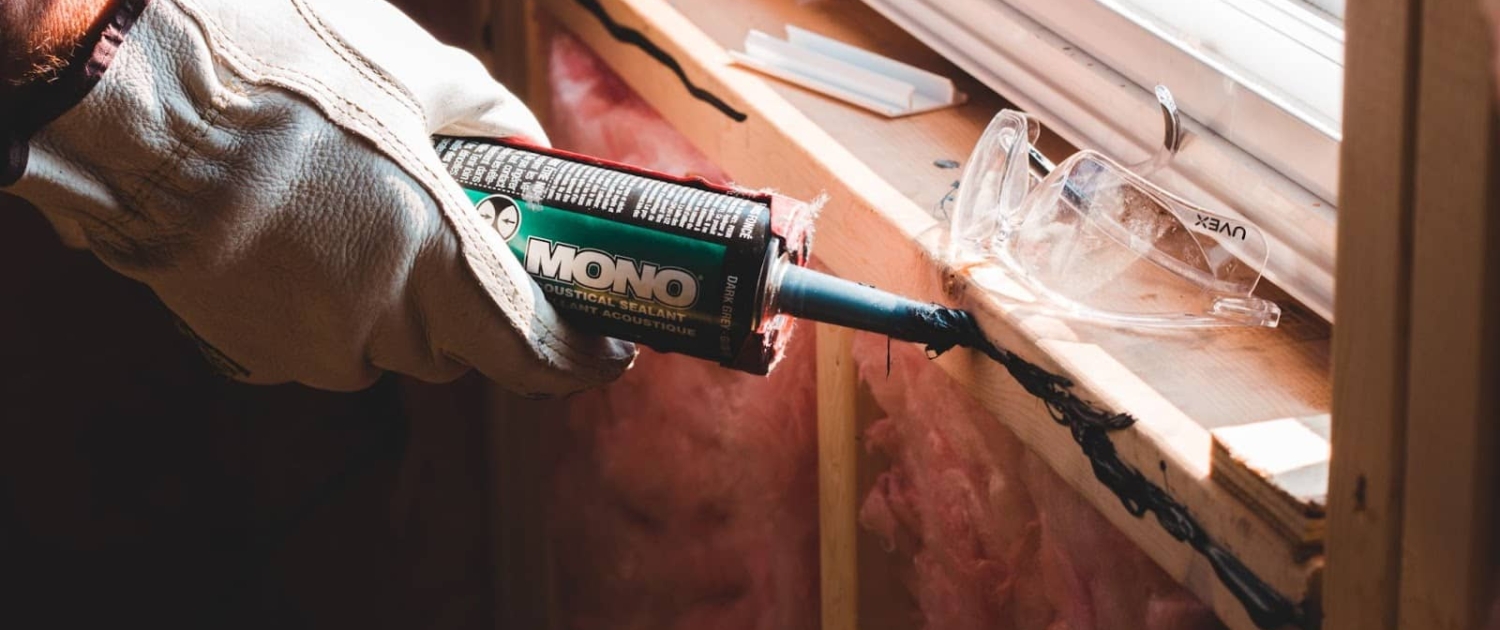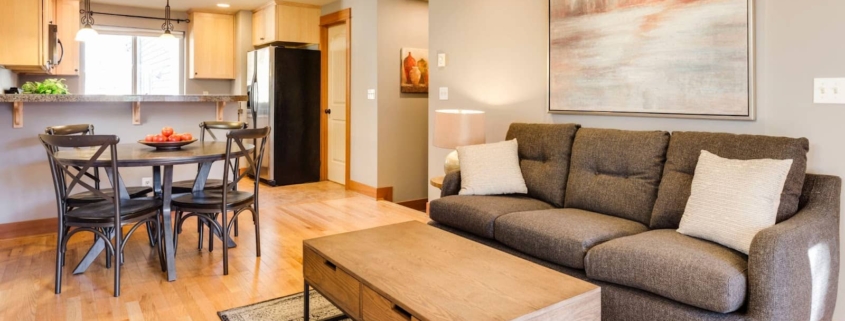Everything to Know About Wood Staining
Sometimes, the most simple home improvement projects can have the greatest transformative effect on a property. Projects such as a garage door replacement, pergola addition, and landscaping can give a rundown property a major facelift in less than a day.
Add wood staining to the list.
Applying sealant and staining areas such as hardwood floors, decks, and wood furniture are straightforward ways to make a worn and weathered home look rich and luxurious.
However, just because wood staining is simple in concept does not mean that it can be taken lightly. It requires extensive planning and preparation, finding the right product, and executing the application correctly.
To help you through the process, keep reading to find out everything you need to know about wood staining.
Stain and Sealant Are Not the Same Things

When researching the best interior wood stain and sealer for your hardwood floors, it can be easy to get confused and lump the two products into one. And while stain and sealer are both products that can protect and enhance the appearance of your wood surfaces, they are not the same thing.
Stains are the better product for enhancing the aesthetics of wood. They include pigmentation, which helps make your wood a specific color. This pigmentation also protects the wood from UV rays. However, stains do not generally provide much protection against water damage.
Sealants ARE designed to resist moisture. They have a higher viscosity than stains and contain waterproof and water repellent properties. But they do not have pigmentation and offer little in the way of UV protection.
Therefore, it is important to use stains and sealers in conjunction. It is generally recommended to stain your hardwood floors first and once the stain has dried, add the sealer to make the floors watertight.
Staining Allows You To Attain a Specific Wood Appearance

Arguably the biggest benefit of using wood stain is that it allows you to attain the appearance of a wide variety of woods without the cost or limitations of working with these specific wood types. For example, you can use a stain to achieve an elegant dark finish to stand out on the real estate market without having to shell out the high cost of installing dark wood options such as hickory or walnut. In addition, some lighter woods, such as oak, aren’t very flexible, making it difficult to use them for latticework or herringbone floors. However, you can use a wood that is easier to work with for these purposes and look through the various wood stain colors for outdoor furniture to find a finish that replicates the oak appearance you had in mind for the project.
Not All Woods Stain Equally
Although staining provides endless possibilities for wood, not all wood provides endless possibilities for staining.
Woods with large pores will stain best, as they will more readily absorb the stain to give the finish a more complete, even appearance. Some examples of woods that stain well are oak, cedar, chestnut, hickory, and ashwood.
Tight-grained woods will not stain as easily because there is not much room for the stain to settle, which can result in an unattractive, partially-stained final product. Some tight-grained woods are maple and birch. In addition, some coniferous woods that contain a lot of sap, such as pine, will actively resist stain and create a beady, messy look on the wood’s surface.
Staining Requires Preparation

Staining your wood surfaces is not as easy as finding a great product, rolling it on, and calling it a day. You need to be meticulous in your approach and understand that getting the desired result will take some work.
This starts with preparing the surface. You should repair, wash, and sand the area to be stained to guarantee that there are no hazards or problem areas that will require you to stop the project.
It is also important to make sure that the surface is completely dry before starting, as moisture will prevent the wood from absorbing the stain. Check the weather to ensure that there is no rain in the forecast. Also avoid staining on very windy days, as it can cause the stain to evaporate before it sets.
Finally, it is critical to select the right tools. Have a fresh roller and a wide selection of brushes to help you reach corners and guarantee attractive transitions. It is also a great idea to have plastic or cardboard handy to keep the stain from getting on adjacent areas of your home.
Stains and Sealants Can Save You Money in the Long Run
Although it may be a stretch to say that your wood structures will rot and fall apart if left untreated, there is no denying that sealing and staining are great defensive measures against more expensive future repairs. Not only can moisture damage cause localized cupping and buckling that may require you to replace sections of your hardwood floors or deck, but extensive UV exposure will degrade some boards beyond repair. In addition, untreated wood is more likely to have cracks and splinters that are hazardous for homeowners.
The Bottom Line on Wood Staining
Although wood staining is a relatively straightforward way to give your home a facelift, it’s not as simple as grabbing the first bucket of stain you see and thinking you’re good to go. There are myriad factors to consider, such as:
- Understanding the difference between stains and sealers
- Deciding on the final appearance you want to achieve
- Realizing that not all woods were meant to be stained
- Giving the proper attention to preparation
- Looking at staining as an investment in your property
However, with the proper planning and perspective, wood staining is a great way to make your worn and weathered wood rich and majestic in a matter of days!
Andrew Wesley
Andrew is an editor for the Innovative Building Materials blog and a content writer for the building materials industry. He is focused on helping fellow homeowners, contractors, and architects discover materials and methods of construction that save money, improve energy efficiency, and increase property value.





 https://www.pexels.com/photo/house-renovation-3990359/
https://www.pexels.com/photo/house-renovation-3990359/